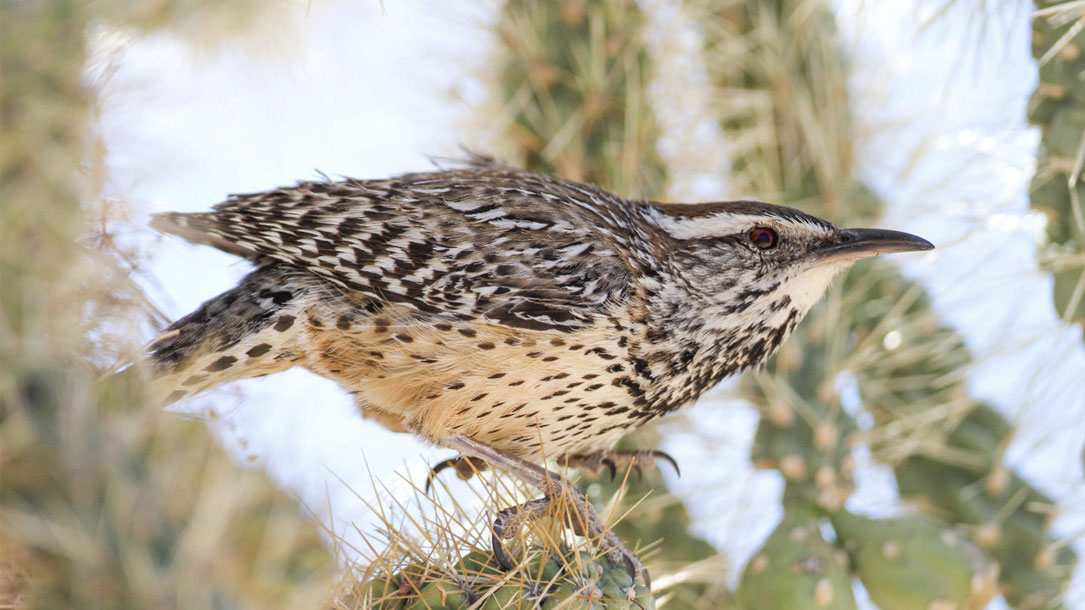
How desert birds can survive with very little water
In the desert Southwest, summer temperatures sizzle, rising well over 100 degrees. And in some parts of the desert, there is not a drop of water for miles.
Yet some birds thrive in this scorching landscape. Here a Black-throated Sparrow sings from a thorn scrub. Now, a Cactus Wren announces itself atop a barrel cactus. And neither will be flying miles every day to the nearest source of water. So how do they survive?

Juneau’s climate change solutionists: preserving wetlands and peatlands with Koren Bosworth
While the rest of the world celebrated World Wetlands Day on February 2nd, we in Juneau might wonder if every day is wetlands day, especially when venturing off a developed trail.
We are lucky for it. Our spongy ground might be inhospitable to tromping and building, but it performs a service arguably more important than recreation or development: carbon sequestration.
Juneau’s peatlands and wetlands are carbon sinks, complex biomes that trap carbon in an anaerobic environment, slowing the decomposition of organic material. Coastal wetlands can store five times as much carbon as a tropical forest over time; peatlands store ten times more carbon than other kinds of ecosystems…
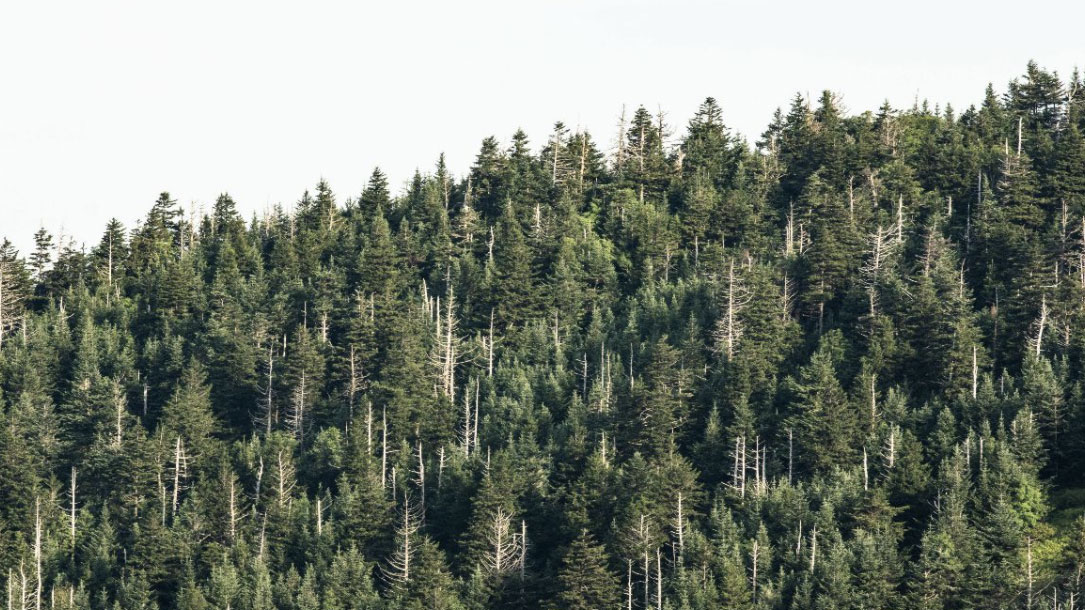
Study: How close are we to the temperature tipping point of the terrestrial biosphere?
This study, published Wednesday in Science Advances, analyzed more than 20 years of data from about 250 sites that measure the transfer of carbon dioxide between land and plants and the atmosphere—the way the planet breathes. Forests and the rest of Earth’s land-based ecosystems take up about 30 percent of human carbon emissions, so any big change in that process is important…
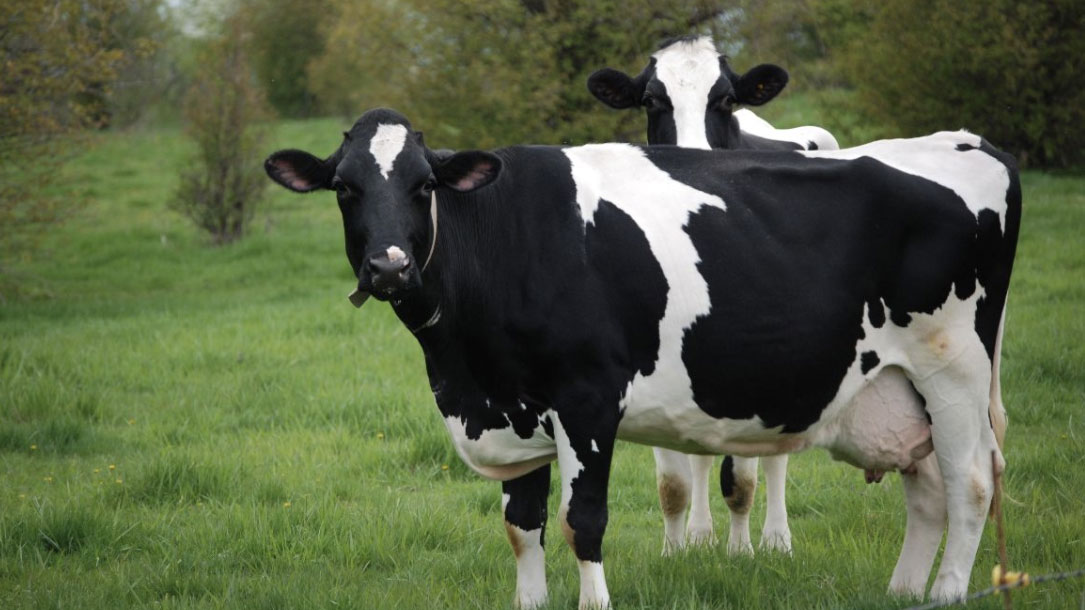
Caring for the land is caring for ourselves
Profitable farms cultivating healthy people; thriving, diverse communities; clean water, flood reduction, stable climate, and biodiversity are possible…

‘Grassland 2.0’ seeks to transform Upper Midwest agriculture through perennial grasslands
Bert Paris loves dairy farming. After more than 30 years, he’s beginning to transition the farm he operates near Belleville, Wisconsin, to his daughter, Meagan Farrell, who is excited about moving her family home to run it.
Despite years of terrible headlines about the dairy industry, farmers like Paris and Farrell are bullish on dairy because, despite chronically low and erratic milk prices, they’ve controlled their production costs with managed grazing. “Grazing, financially speaking, was the best thing I’ve ever done for my business,” Paris says.
Paris is a participant in Grassland 2.0, a newly formed collaborative group based at the University of Wisconsin–Madison that is working to create more opportunities for grazing and other types of perennial grassland farming.
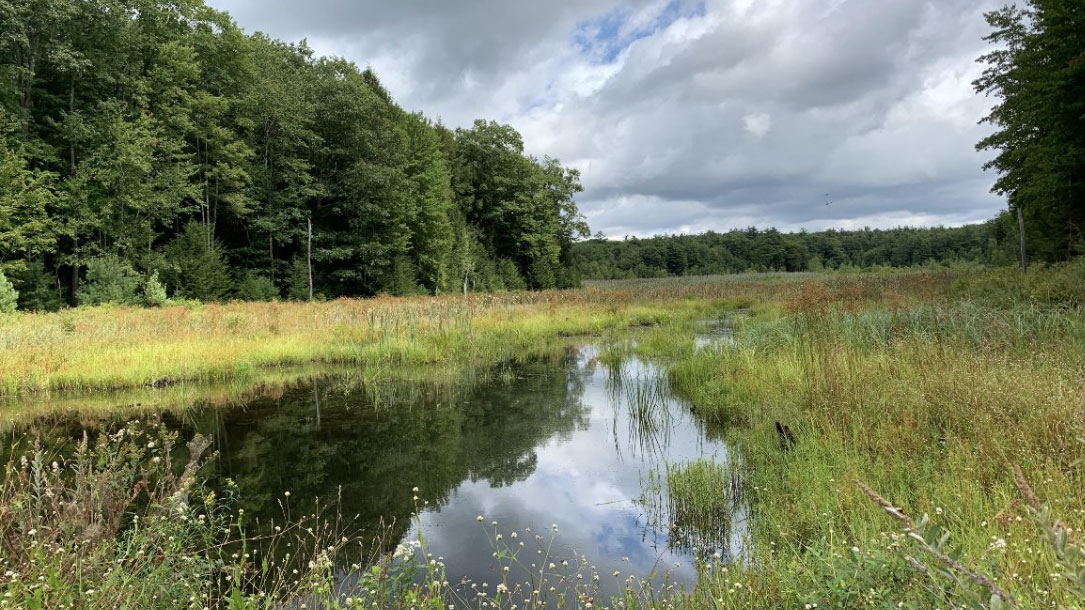
50 countries vow to protect 30% of land and sea by 2030
At least 50 countries committed to protecting 30% of the planet, including land and sea, over the next decade to halt species extinction and address climate change issues, during a global summit Monday aimed at protecting the world’s biodiversity.
About 30 leaders, government officials, and heads of international organizations participated in the One Planet Summit, which was held by videoconference because of the coronavirus pandemic. Top U.S. officials were notably absent, as were the leaders of Russia, India, and Brazil…
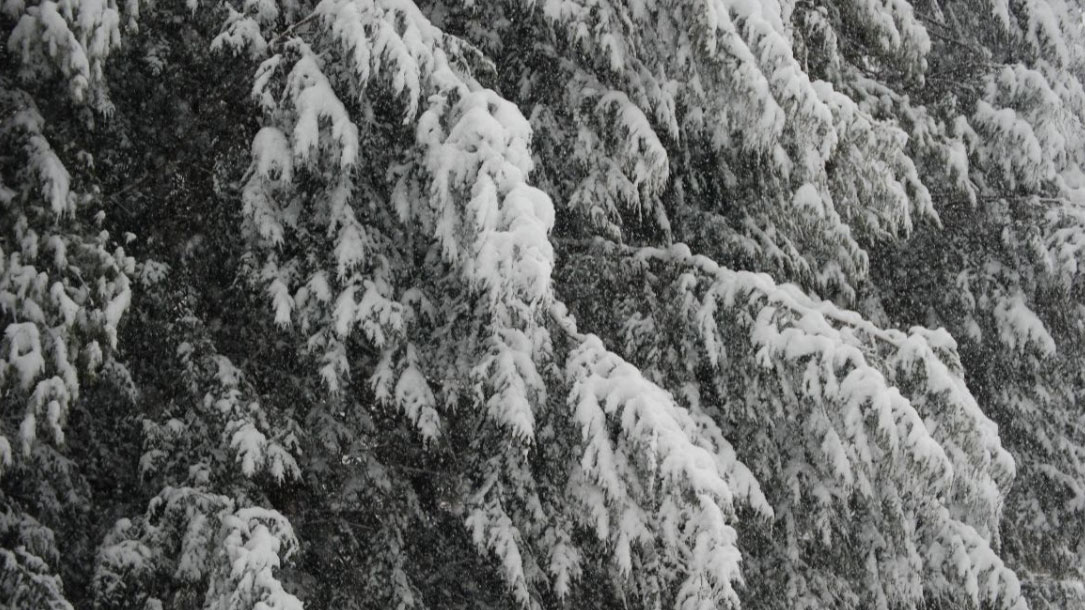
Hope for hemlocks: New tactics found to fight deadly pest
Several new scientific discoveries give hope that eastern hemlocks will not go the way of chestnut, elm, and ash trees and largely disappear from forests in the Chesapeake Bay watershed.
Hemlocks are one of the most prevalent, longest-living, beautiful, and ecologically vital trees in Appalachian forests. Sometimes called the redwoods of the East, they can take 250–300 years to mature and live more than 800 years…

Wisconsin farmer mimics ecosystem where mastodons and ground sloths once roamed
Peter Allen is taking inspiration from the oak savannas that were once widespread in the Midwest.
He says conventional agriculture depletes the soil, but this approach to raising livestock can help build topsoil and store carbon.
“We’ve grown about three inches of topsoil in six years,” Allen says. “So that’s really inspiring.” By learning from the past, Allen hopes to produce food while also preserving savanna ecosystems for the future.
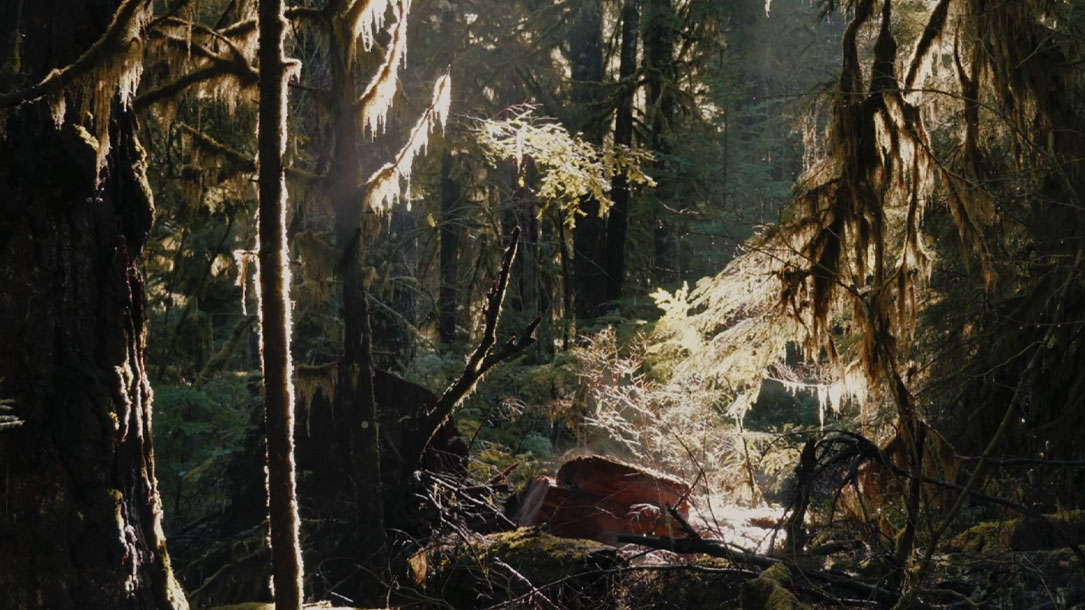
Why old-growth trees are crucial to fighting climate change
Nature is already socking away a lot of carbon for us. It could soak up a lot more—if we help. This story dives into the science behind forests and carbon sequestration.
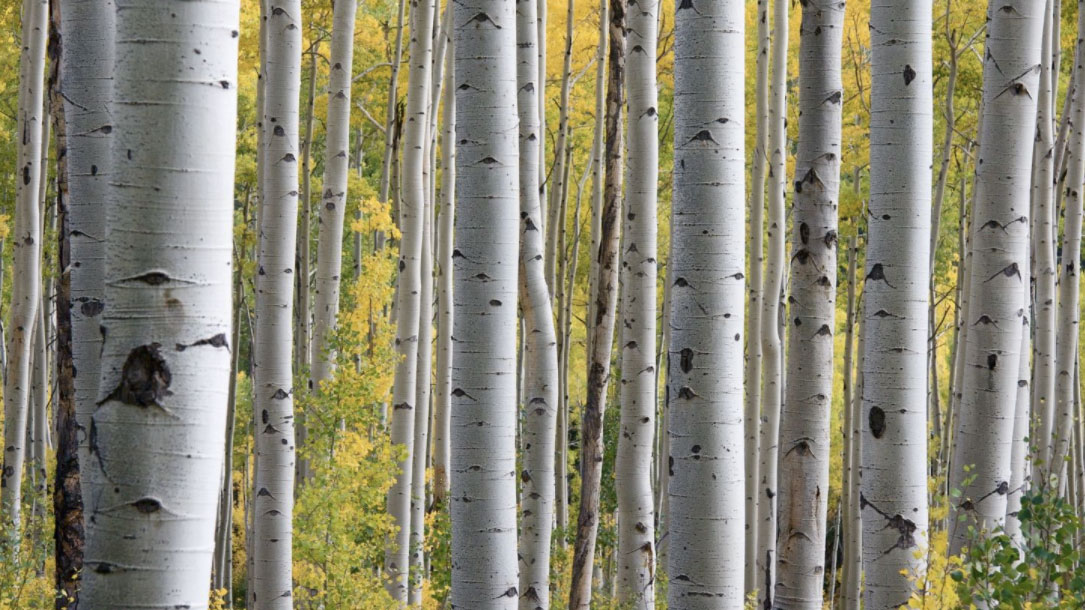
Wild carbon: a synthesis of recent findings
Permanently protecting forests and allowing them to grow in landscapes free from direct human manipulation is proving to be one of the most effective and cost-efficient methods available to address the climate crisis. While wild nature has a right to exist simply for its intrinsic value, recent science is shedding peer-reviewed light on the exceptional carbon storage capacity of unmanaged land, and its equally important benefits for safeguarding biodiversity.
In this short synthesis, ecologist Mark Anderson summarizes recent studies that demonstrate that in our fragmented, fast-developing world, wilderness offers the earth and its community of life the precious gift of time…












